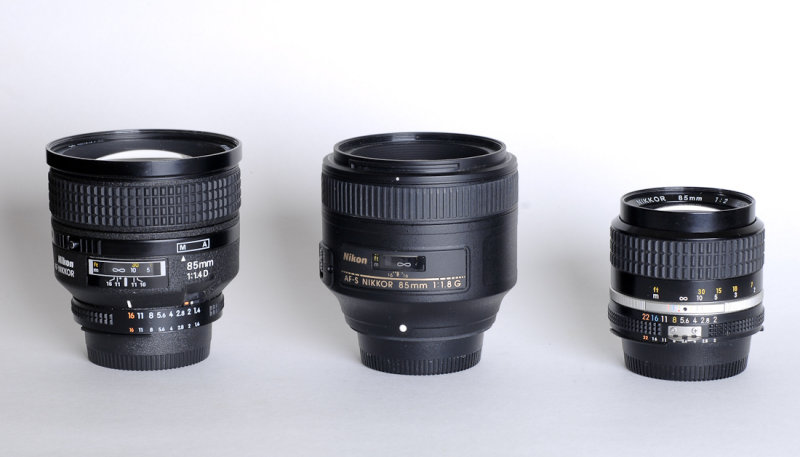Moving on to the "dream setup", one lens I think EVERY serious shooter wants to have is this: a 300mm f/4 lens with AF-S or HSM or USM type silent focusing telephoto. I've owned, lemme see...four different 300mm lenses since 1984...and the new 300 f/4 AF-S is the one I use the most often.
I bought this one the year it came out, about a decade ago, when this review was written
Nikon 300mm f/4D AF-S Review by Thom Hogan
The thing is, a 300mm f/4 lens from Nikon, or Canon, is very SHARP, and it's also not a huge PITA to carry or to actually deploy in the real world. Older, manual focus 300mm lenmses like the 300mm Ai-S had very heavy,stiff focusing action; the 300mm f/4.5 ED~IF is small and light but has a very bad light fall-off at the edges of the frame; a 300 f/2.8 is superb optically, but very BIG, very heavy, and gets left at home a LOT--as in "much of the time", unless you really make a commitment to carrying and using a 7-pound lens.
Canon offers a lens like this, a 300 f/4 L IS USM,and I think they have both IS, and non-IS models. The Nikkor focuses VERY close for a 300mm lens, and it works well with the TC 1.4x unit, to make a very sharp 420mm f/5.6 lens, AND it can also be used with a high-quality, two-element closeup lens like the Canon 500D, or a Raynox, or an AF extension tube like the Kenko AF tubes, for very good field type "macro" stuff. This lens focuses downh to 1.45 meters or about 5 feet, and with a 300mm focal length, that makes a pretty good-sized close-up image.
The best thing about this lens is that it also can be carried in the factory-issued tube cases made by Canon and Nikon for their 70-200mm f/2.8 AF-S or USM type lenses. Overall size is pretty similar to a 70-200 f/2.8 lens, so I think a 300mm f/4 lens, plus a top-grade 1.4x converter is part of a "dream system". The difference between a roughly 50-ounce lens like this and a 7 to 7.5 pound 300/2.8 is really HUGE. One lens you just do NOT want to carry on day-trip outings, while the other one you DO because it's both a telephoto AND a 420mm tele, and it can serve as a long-distance "macro" lens, either with or without the converter added.





![[No title]](/data/xfmg/thumbnail/30/30887-70db98f68651b2f6c62119e611f707c0.jpg?1734158896)

![[No title]](/data/xfmg/thumbnail/37/37618-4cd08d553e4ce30fd49570b1ba8259f2.jpg?1734170743)



![[No title]](/data/xfmg/thumbnail/30/30889-6a35eb14fac2d7d837d49a6a1757d874.jpg?1734158902)
![[No title]](/data/xfmg/thumbnail/37/37107-df85b207aa6d9b7f6b88f682e493a52e.jpg?1734169830)

